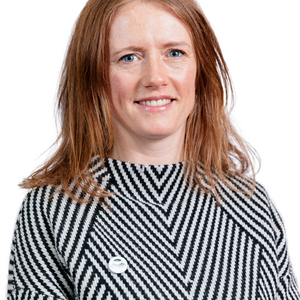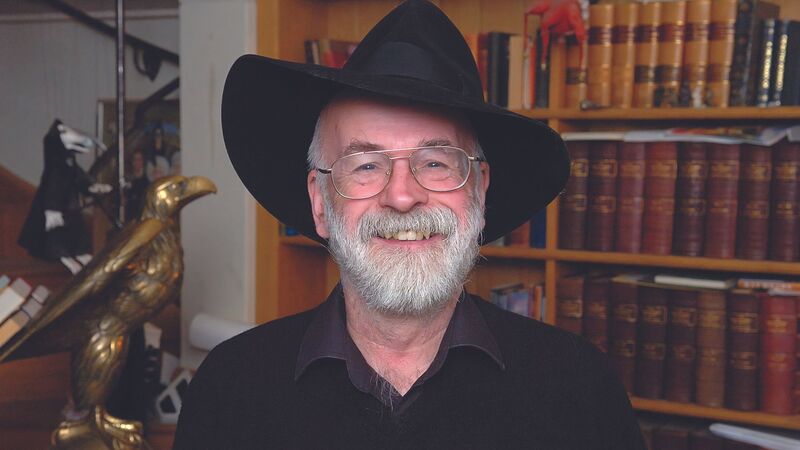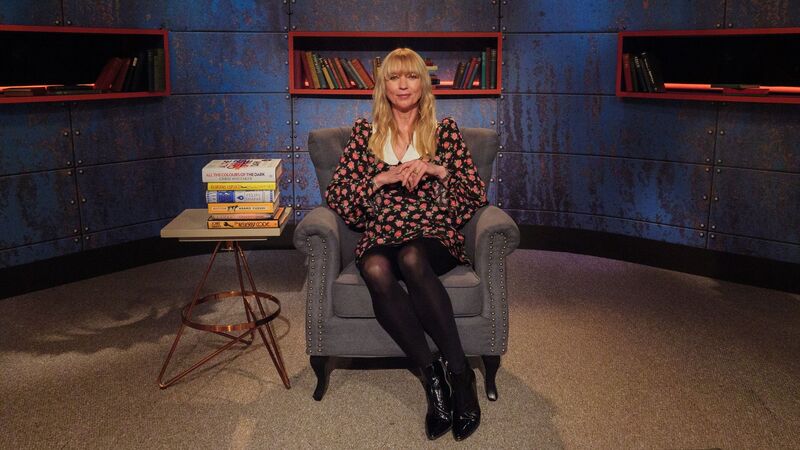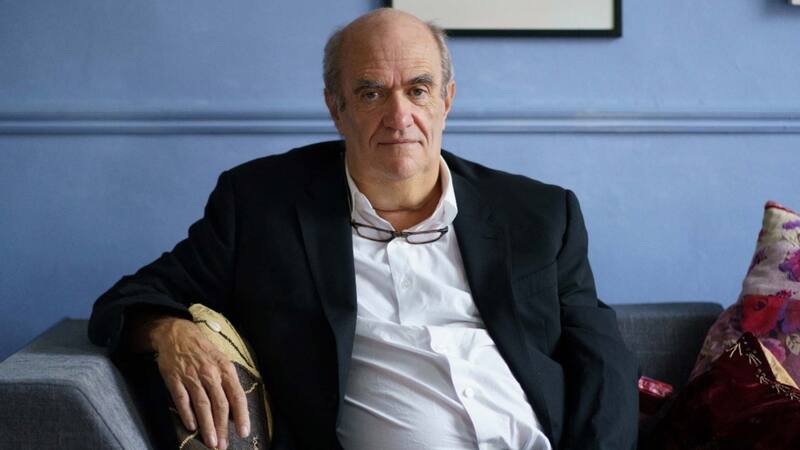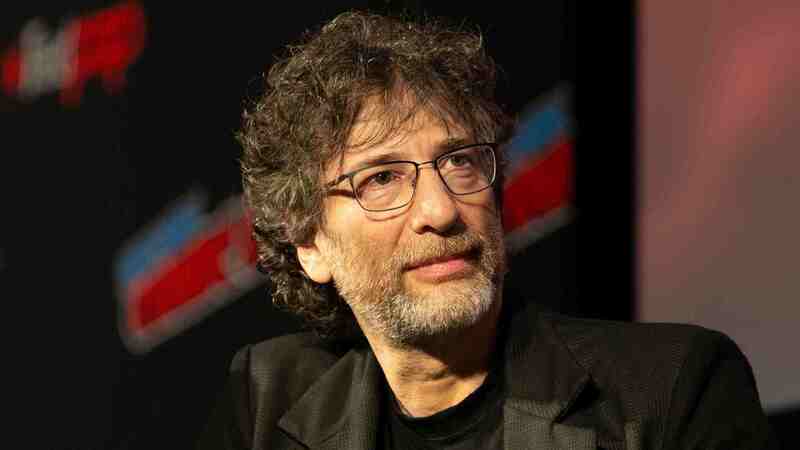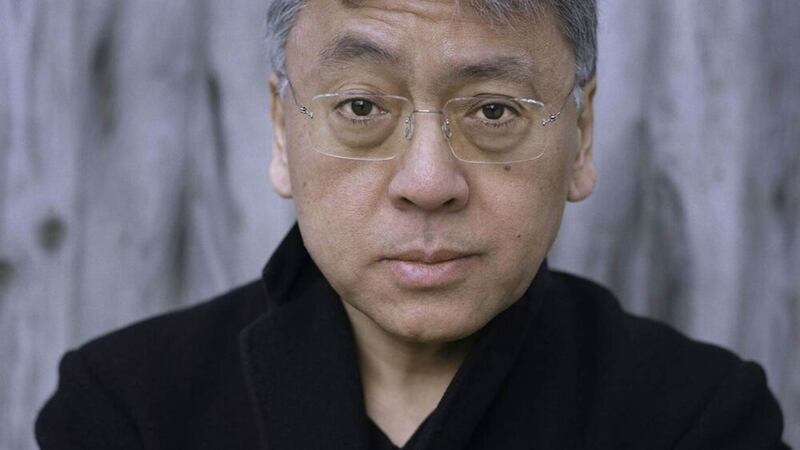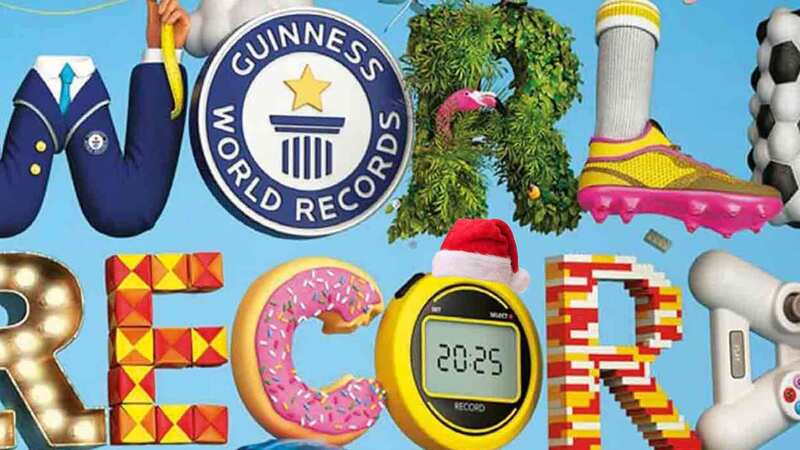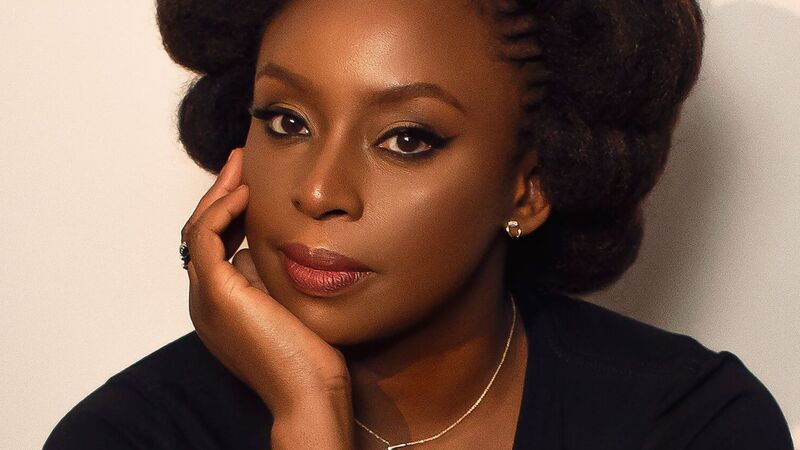You are viewing your 1 free article this month. Login to read more articles.
Signs of progress: the deaf community must no longer be excluded from mainstream publishing
Sign languages cannot be represented on the printed page, so publishers need to get more creative with the books they offer for the deaf community.
Sign languages have been excluded from mainstream publishing because they move and cannot be represented on a printed page. For the majority of the hearing community, this represents two important revelations.
The first is the concept of sign languages. Plural. There isn’t one catch-all language. Almost every hearing person I explain this to comments on how helpful it would be if there was just one sign language. Yes, it would be. It would also be helpful if there was just one spoken language. But languages don’t work like that, spoken or moving. Languages are organic. They move with people, they evolve and they change.
Sign languages even have their own family trees, the equivalent of Romantic or Arabic family trees. There are hundreds of different sign languages, with new ones still evolving. And like spoken languages, some are more widespread than others: American Sign Language (ASL) and British Sign Language (BSL) for example.
I learnt this the hard way. I had assumed that BSL and ASL were as similar as British and American English. For 18 months, I learnt ASL at home with my hearing son because the learning assets were more accessible. It was only after maternity leave, when I went back to my studio and started proudly showing off my newly learnt sign language skills to my deaf colleagues, that I was immediately (but kindly) informed that I had not only learnt a different language, but that British Sign Language comes from a different family tree. The affiliated embarrassment, disappointment and sense of loss at my opportunity to learn a useful new language is one of the reasons I created Where Is The Bird – the first augmented reality book to inspire the use of British Sign Language in all families. There is such a small window of opportunity for hearing mothers who want to use sign language with their preverbal children. It’s so important we get it right. And so began my campaign to raise awareness of the benefits of BSL to the hearing community through a series of sign language inspired books.
For a deaf child, a book is a static, dull and lifeless object
Sign languages are not only fascinating to watch, and rich in expression, they are useful. They represent a huge, untapped, cultural resource for the hearing community. Sign languages aren’t just useful for parents with preverbal children (see babybsl.com) but in many other situations in which sound is lacking or overwhelming. For example, in a library, communicating through windows, instead of shouting across a playground or a noisy, crowded bar. They are also used in playful and lifesaving situations, such as scuba diving – the subject of my next book Where Are The Fish?.
Ninety percent of deaf children are born to hearing parents. This means that these parents must not only learn to be parents (if it’s their first child), but also learn to be parents to a deaf child, and learn a new language in order to communicate with them. Teaching assets for BSL are surprisingly limited, and those that exist are not true representations, using photographs or illustrations together with arrows. This misses key linguistic details like facial expression and movement.
The second revelation for the hearing community around publishing is the awareness that sign languages cannot be represented on the printed page. Deaf communities cannot access books in their first language, and therefore have been excluded from mainstream publishing.
For generations and in hearing homes throughout the world, parents have tucked themselves up in bed with their children and read them bedtime stories as a foundation for literacy. Every night, I turn the pages of two books from my son’s library and read to him. I point to words. I characterise voices. I animate each page with my voice. It was a heart-breaking revelation for me to realise that this experience is almost entirely lost to a deaf child. For a deaf child, a book is a static, dull and lifeless object.
Reading, writing, and indeed all printed letterforms are based on phonics. For a deaf child, audible phonics (let alone printed phonics) are a deeply abstract concept that may take them years to understand, if ever. Imagine how much work it must take for a hearing parent to learn a new modal language, and then translate all books into that language to help their child learn to read before school. It’s no wonder that the levels of early deaf literacy are far too low. Too few children are able to sign fluently, let alone read. As I understand it, the most accessible training available to parents who want to learn sign language with their own children is to become a BSL interpreter. This costs thousands of pounds. Imagine having to do a degree to learn how to speak to your child. And then, assuming that parent is wealthy enough (in time and money) to able to do this, they need to translate books and explain written phonics with very little governmental support and when printed books aren’t engaging for a deaf child.
This video shows Nikki James, an instructor at the Deaf Academy, translating The Very Hungry Caterpillar into BSL. It’s a truly beautiful and heart-warming demonstration of how the deaf community translate books into their language – and it shows how much work the publishing industry needs to do before it can truly consider itself fully inclusive.
Later this year, British Sign language is anticipated to become legally recognised as a British dialect, after the BSL Bill passed its third reading in the House of Commons last Friday. For the first time, a new model language will become integrated into British culture, and the government will be supplying financial and cultural support. There is every reason to hope that, with awareness building in the industry, this time next year sign language translations of children’s books will start to emerge on our shelves.
With my books I have merely scratched the surface. The technology I developed (with generous research grants from Innovate UK and the South West Creative Technology Network) is patent-pending and uses a combination of page embedded augmented reality (AR) animations and video. For the hearing community, AR in publishing is a gimmick. For the deaf community, it is a lifeline. It is visually delightful. It replaces the animation of the voice, bringing a static page to life and allows the deaf community to share in the magical storytelling power of books and reading.
Storysign is another wonderful example of how creative technologies can help older children. And I have no doubt more are to follow. There will be many ways the deaf community can access creative technologies and have access to the richness of education and storytelling that the hearing community has enjoyed for so long.
Let’s hope the publishing industry makes more of them. There’s no time to waste.
Victoria has just won Innovate UK’s Women in Innovation Award, which sees her business receive a cash injection of £50,000, as well as bespoke mentoring and coaching. If you’re an inspiring female innovator, check out how Innovate UK could support you here: ktn-uk.org/programme/women-in-innovation/.
